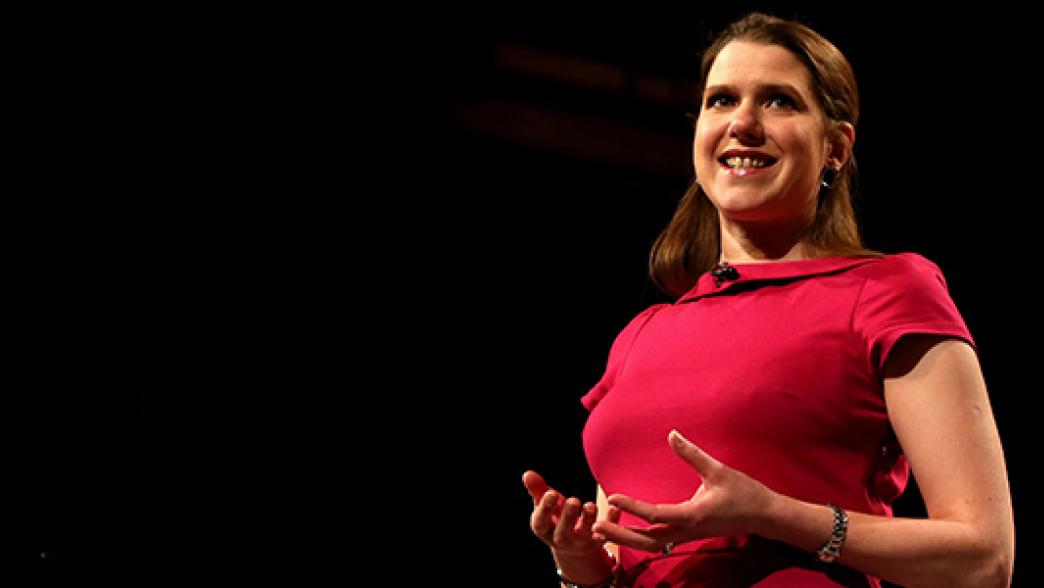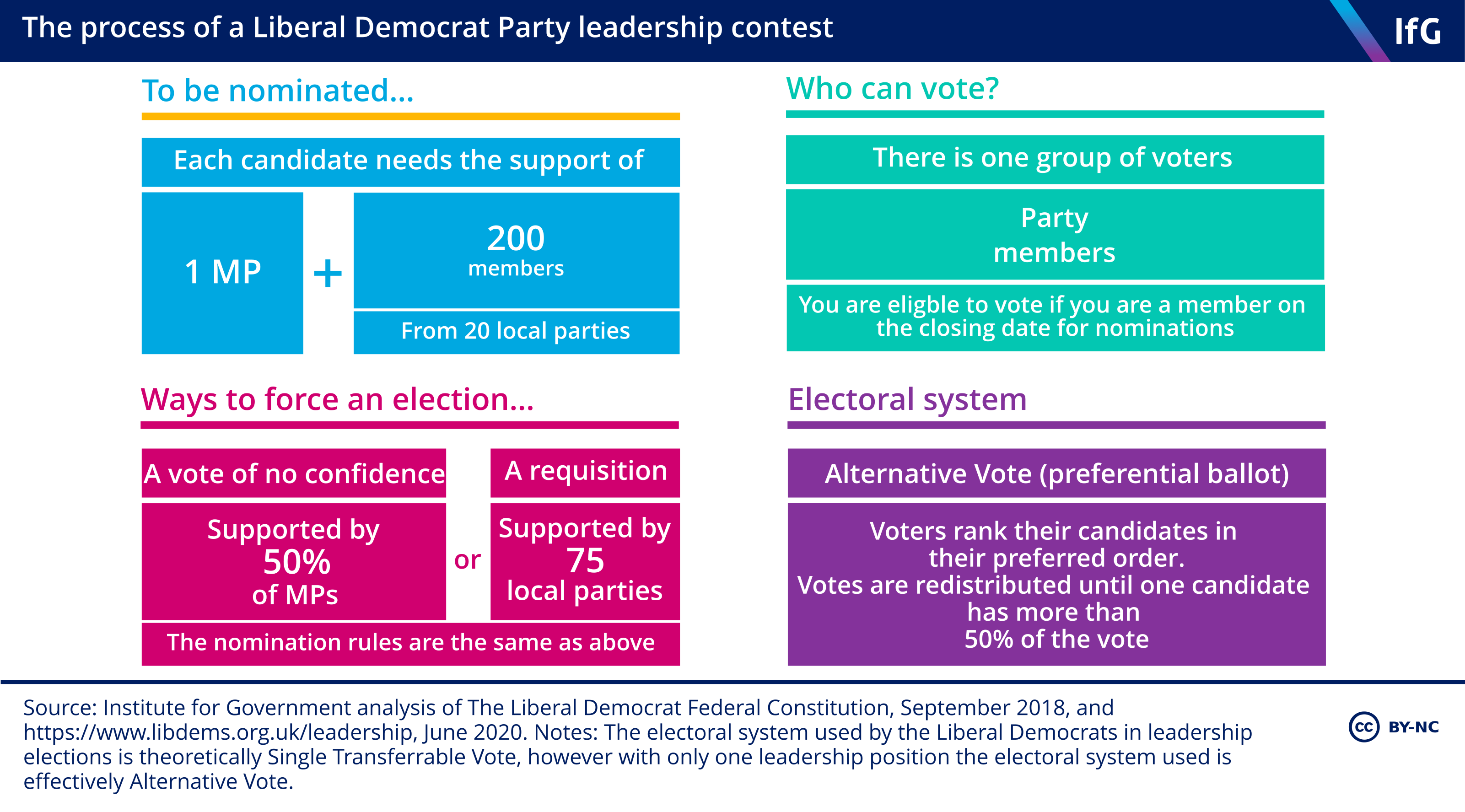
The last Liberal Democrat leadership election took place between 30 July and 26 August 2020. Voting was slightly delayed from May due to the Covid-19 pandemic..
There were two candidates for the leadership:
- Sir Ed Davey, MP for Kingston and Surbiton
- Layla Moran, MP for Oxford West and Abingdon
Sir Ed Davey won the election with 42,756 votes, while Layla Moran received 24,564. Both hustings and voting took place online.
In what circumstances is a Liberal Democrat leadership election triggered?
A leadership election is automatically triggered if the leader either requests one, dies, becomes incapacitated, ceases to be an MP or resigns from the leadership. The 2020 leadership contest was triggered when former Liberal Democrat leader Jo Swinson lost her East Dunbartonshire seat in the 2019 General Election.
There are also two ways to force a leadership contest. Liberal Democrat MPs can pass a vote of no confidence in the leader (with a simple majority required), or at least 75 local parties may request an election (following the decision of a quorate general meeting).
The Liberal Democrat Federal Constitution also requires that there be a leadership election within a year of each general election. There are two exceptions to this: if the leader is a member of the Government, or if the Liberal Democrat Federal Board votes to postpone the leadership election for a year by two-thirds majority.
The national parties (Welsh Liberal Democrats and Scottish Liberal Democrats) have separate constitutions and different electoral rules apply for the election of their leaders.
What support do candidates need to be nominated?
A leadership candidate for the Liberal Democrat Federal Party must be a Liberal Democrat MP, gain support from at least 10% of other Liberal Democrat MPs – as the party secured 11 seats in the 2019 General Election, this means candidates require the support of just one of their fellow MPs – and be supported by at least 200 members from more than 20 local parties. They must also indicate acceptance of their nomination.
How does the election of a Liberal Democrat leader work?

The Lib Dems use a one member, one vote system. Anyone who is a party member on the day nominations close can vote in a fully electronically-conducted ballot The election technically takes place using the Single Transferable Vote system. This is a form of proportional representation which the Liberal Democrats have long been committed to. However, when there is only one leadership position available, this effectively works in the same way as the Alternative Vote system. In practice this means that if one candidate gets more than 50% of the vote, they are elected. If no candidate manages this, then the candidate who came last is removed and their votes are redistributed to voters’ second preference candidates. This process is repeated until one candidate has more than half of the votes.
The election takes between seven and 13 weeks.